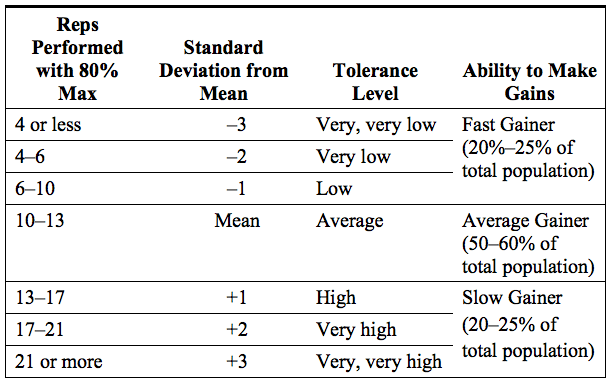Rest-Pause Training—Why It Works
by: Josh Bryant
When it comes to size and strength building methodology—the rest-pause method is the presidential suite at the Ritz.
Time to check out of Motel 6.
So, pour out that ripple, put out that swisher sweet, and take a ride in a Big Ol’ Cadillac for a King of Denmark Cigar, washed down with 64-year-old Macallan.
Welcome to rest-pause training, confirmed in the lab and, more importantly, proven in the trenches.
Principle of Individual Differences
Remember the Principle of Individual Differences? Each of us has differences that eventually dictate how many reps and sets we can perform, how often we can train, and how much weight we should be using while training.
Rest-pause training is custom tailored to individual differences.
Dr. Squat Speaks
My mentor, the late Fred Hatfield, Ph.D., identified numerous variables pertaining to recovery for training splits.
Some of these variables included tolerance to pain, level of “psych”, and amount of rest between workouts. Hatfield also determined that the “slow gainer” and the “fast gainer” have different recovery periods.
A “slow gainer” typically can complete 15–20 reps at 80% of his/her one-rep max. A “fast gainer” can complete only 4–6 reps at 80% of his/her one-rep max. The athlete should perform this “test” on several muscle groups, as each muscle group has a different tolerance to exercise.
This table, extrapolated from Hatfield’s article, will help you determine which type of gainer you are.
What Type of Gainer Are You?

Once you have determined whether you are primarily fast twitch, slow twitch or somewhere in between, you then can determine your optimal reps, sets, weight and training frequency.
Fast Gainer/Slow Gainer Rep Ranges
To completely develop the physique you’re looking for, a holistic approach to training must be taken. In other words, volume, tempo, reps, and sets must be varied. For the most part, fast gainers will experience their best gains with lower reps and slow gainers with higher reps.
In the Real World
The five sets of five repetition strength program with 85 percent of a lifter’s one-rep max might seem like the messianic savior to the newly-certified CSCS high school strength coach, who has lifted more test tubes than barbells.
Time for a reality check!
For the extreme fast gainer, completing this scheme would be as likely as Bernie Sanders being invited to speak at the Free Enterprise Alliance Convention.
For a true slow gainer, this would be moderate intensity and provide very little adaptive overload.
A rest-pause set on the bench press for a true fast gainer with 85% of his one-repetition max could look something like this: 85% x 3 reps rest 30 seconds 85% x 1 rep rest 30 seconds 85% x 1 rep. Bottom line is, the fast gainer performed five repetitions over three mini sets; that’s the most he can.
Since fast gainers make their greatest gains with low reps, he will get bigger and stronger.
The true slow gainer with same weight over three mini sets with identical rest intervals may have performed a sequence that went 13 reps, 7 reps and 5 reps; that’s for a total of 25 reps. Since that is maximum intensity and the slow gainer thrives on high reps, he will get bigger and stronger.
Unlike traditional, single-repetition rest pauses that old-time strength athletes swear by, open ended rest-pause (ie doing as many reps as possible each mini set) training allows the athlete to adapt the weight to his individual capabilities. A primarily slow twitch lifter will get more reps, a fast twitch lifter will get fewer reps.
Both experience an adaptive overload since maximal intensity is tailored to their individual differences.
Bottom line is, both the slow gainer and fast gainer are performing their sets with an all-out effort; maximum intensity tailored to individual genetic make-up is synergy for great results.
Practical Example
Here is an example of a rest-paused bench press workout.
*Set 1-85% AMAP, rest 20-30 seconds 85% AMAP, rest 20-30 seconds 85% AMAP
*Rest 2-5 Minutes
*Set 2-75% AMAP, rest 20-30 seconds 75% AMAP, rest 20-30 seconds 80% AMAP
Final Thoughts
Because of the rest-pause method, preppy polos, priest collars and cashmere suits fit tighter.
Not to mention the fact that variations of this type of training have aided in the acquisition of Sandows and raw powerlifting world records.
The final icing on the cake is rest-pause training has given hope to those that feel hopeless. Hard gainers thrive on this method; easy gainers maximize strength and muscle mass.
Try a totally new spin on rest-pause training HERE.

